11 fundamental insights – The hottest race-bike trends of the year
As a result, every new series of Porsche’s classic racing-car gets more and more everyday features. We’re currently experiencing a similar development in the race-bike industry. Here, for example, gaining insight into the latest medical findings from the pro-sector is just as important as having a realistic understanding of the needs of everyday users. While testing the current top-notch race bikes, we’ve taken some notes and present you our fundamental insights.
Here you’ll find our current race bike group test: The best road bike of 2019 – testing 11 exclusive race bikes
1.
Aerodynamic features are ruling the race-bike sector. Only three bikes in our test don’t have aero-optimisations.
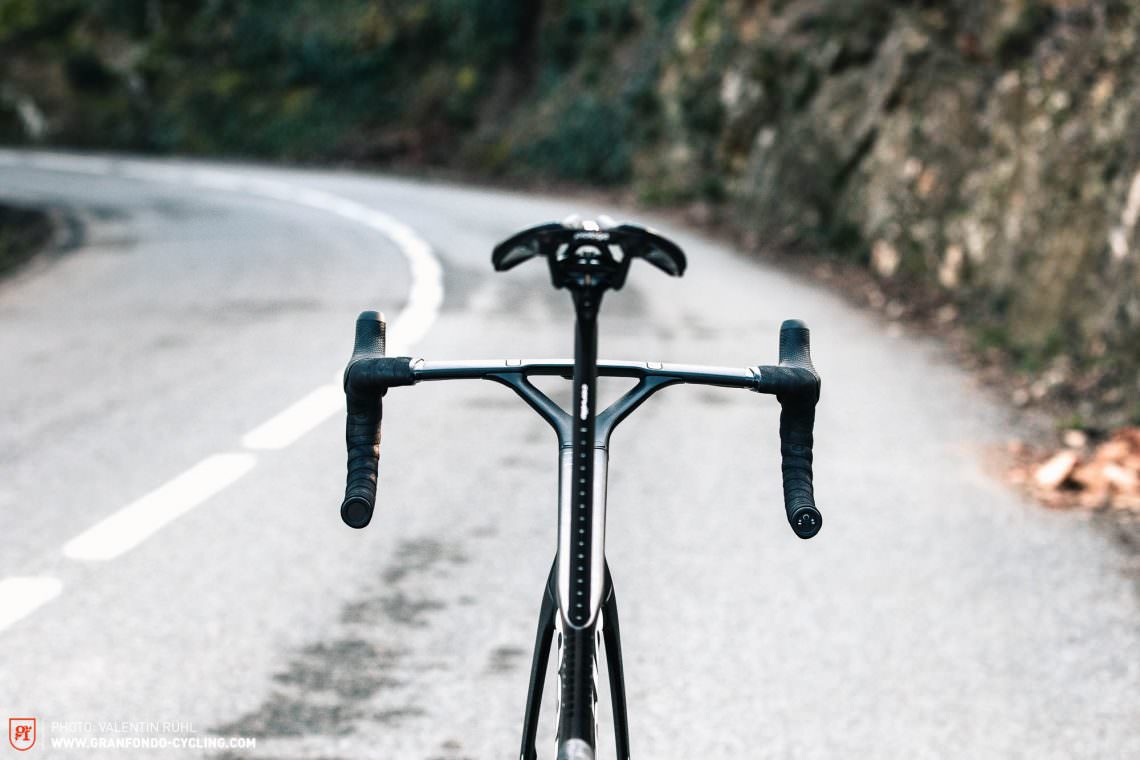
2.
Integration is standard and exposed cables are now the exception. Visible cable-sections and exposed Di2 junction boxes aren’t cool anymore.
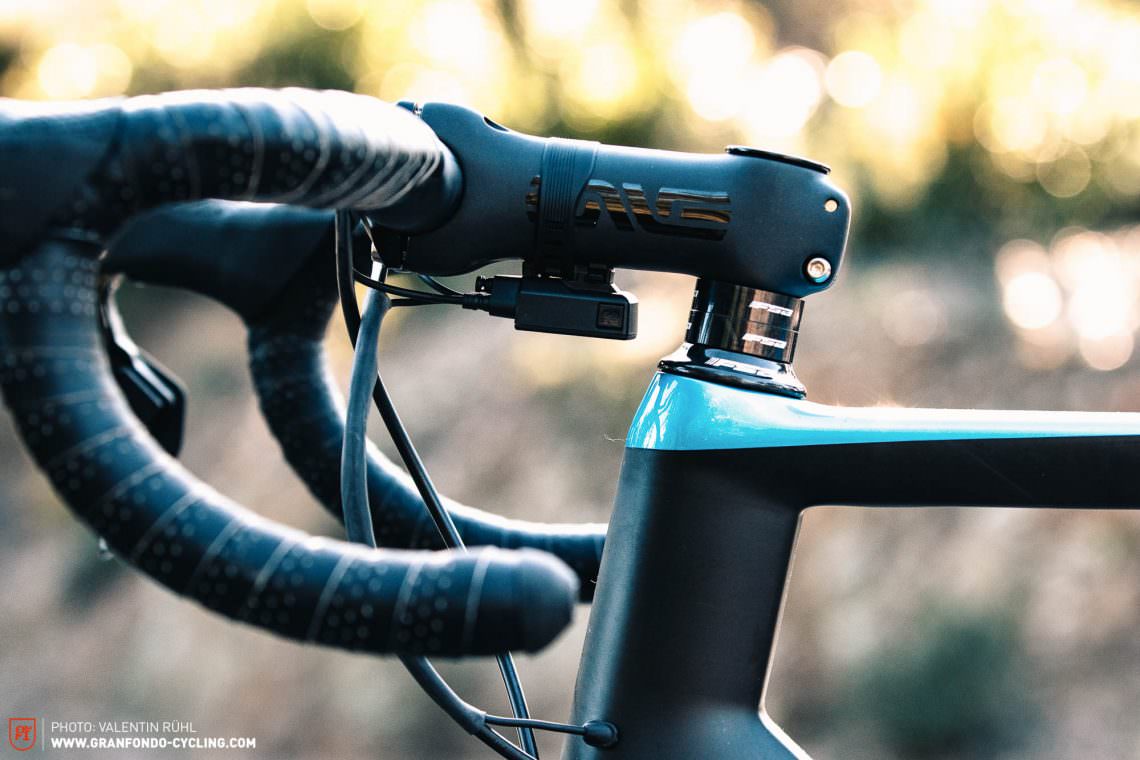
3.
When it comes to the weight of a bike, there’s no such thing as “too heavy” or “too light”. Besides your personal preferences, however, the weight of a bike will determine whether you’re riding at the front or the back of the peloton on climbs and flats.
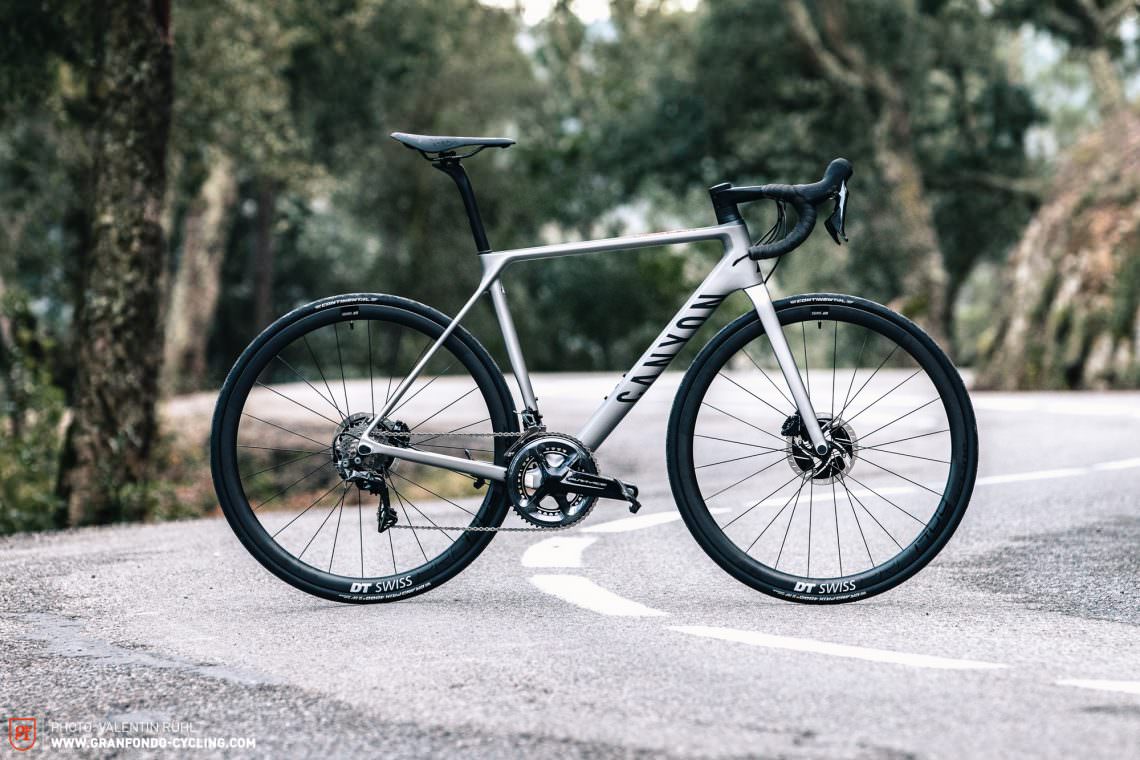
4.
Integrated cockpits are becoming increasingly modular and allow us to adapt the riding position to our personal preferences. One size fits all? Not at all!
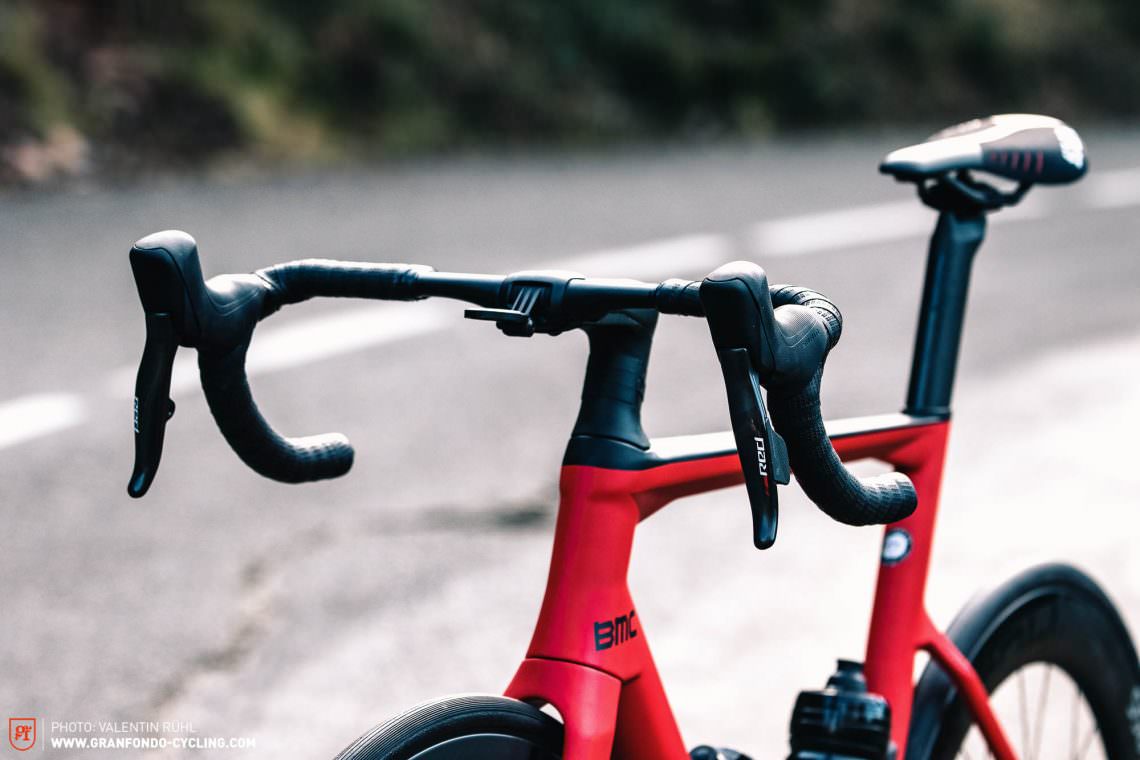
5.
A race-bike is conceived as a holistic design and styled accordingly. The paint job complements the frame shapes while colours and patterns flow from frame to components. The road-bike has become the status symbol of a new generation.
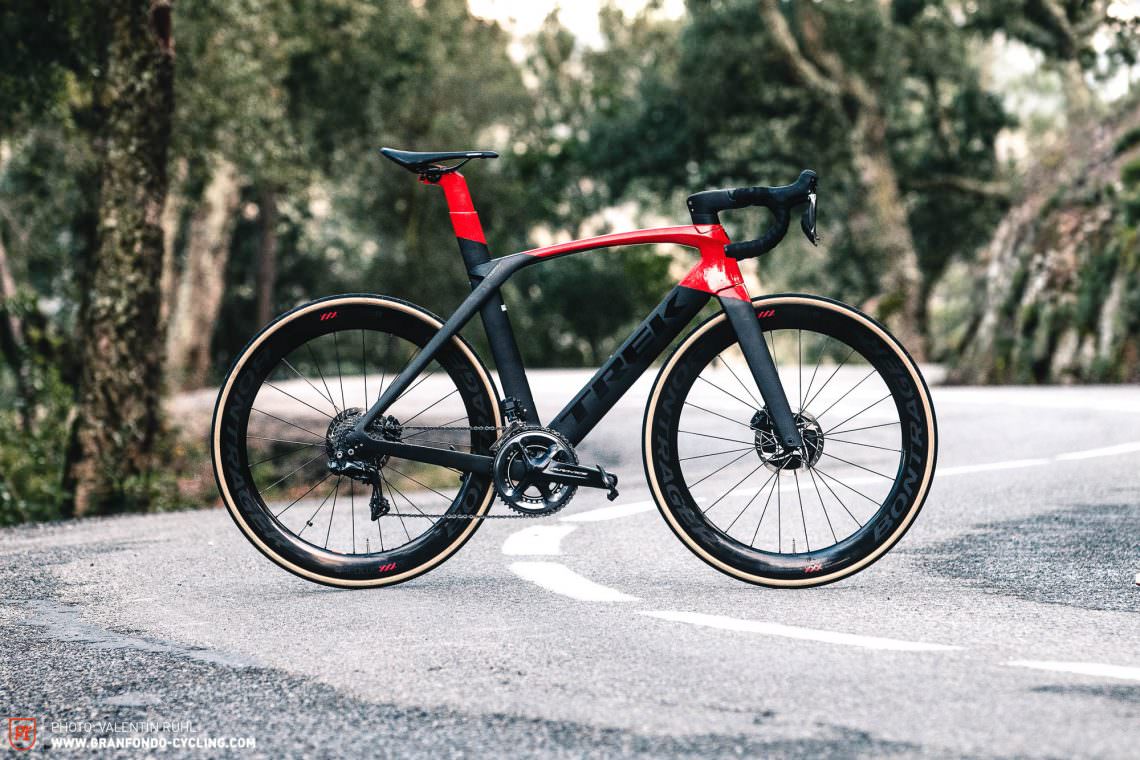
6.
Buy one, get one free. Super-light bikes are becoming more aerodynamic, and aero-bikes are becoming more versatile. Are we heading in the right direction towards the perfect bike for all occasions? Not so long ago, we still had to choose between light and comfortable or heavy and aerodynamic framesets or components – luckily that’s now a thing of the past.
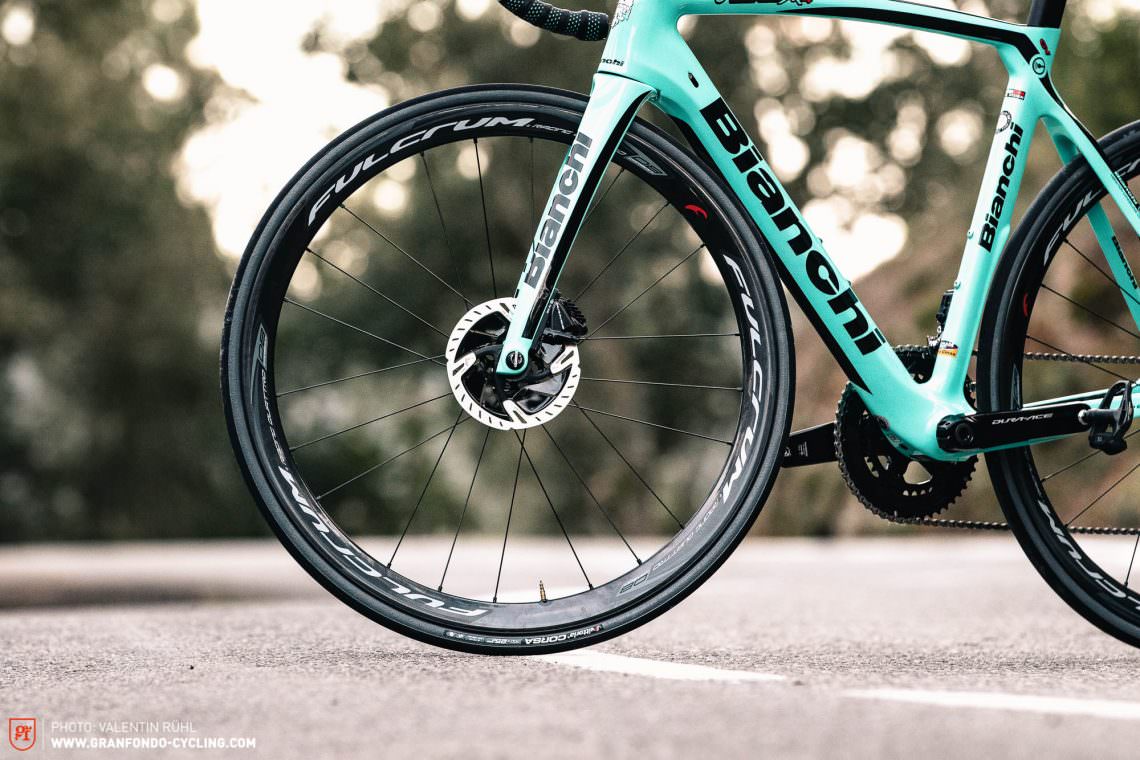
7.
Welcome back, comfort! No matter if it’s an aero-racer or super-lightweight climbing machine, all manufacturers are trying their best to make their bikes as comfortable as possible. Luckily, the days of super-stiff, almost unrideable frames are over!

8.
Tires with a cotton-carcass are superb in terms of both comfort and grip. Out of all the models featured in our test, the Vittoria Corsa G+ and Specialized Turbo Cotton clearly came out on top.
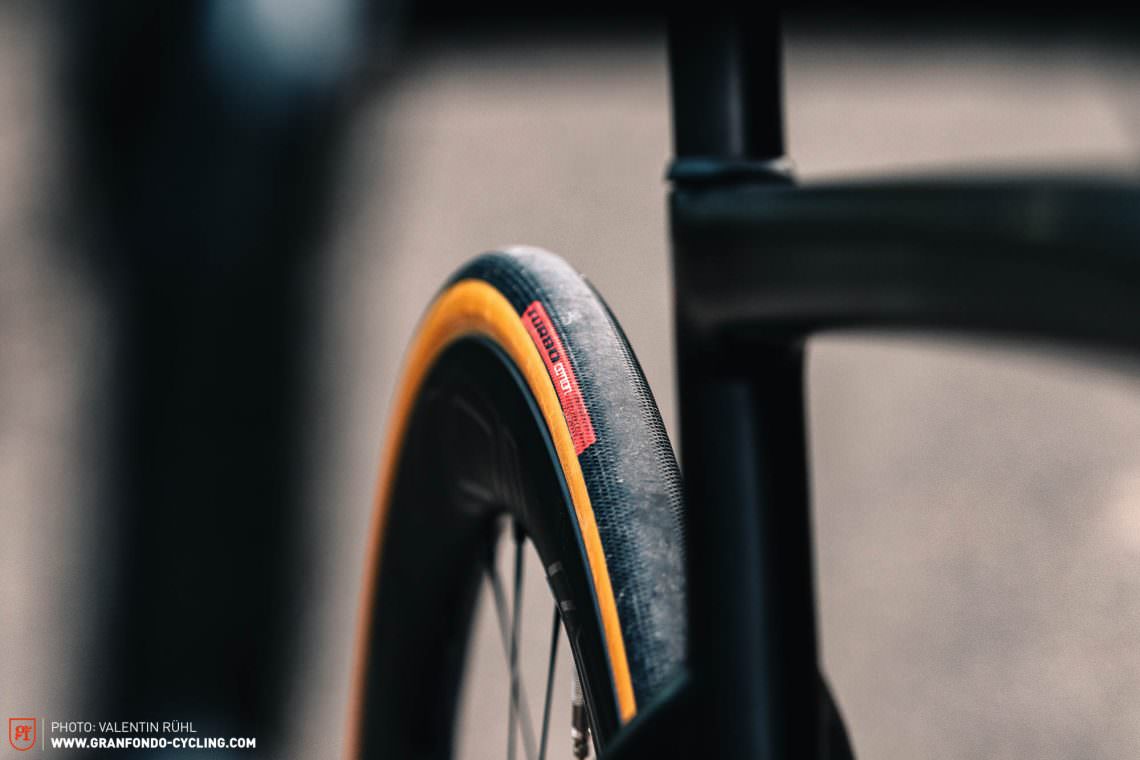
9.
It’s no surprise that Shimano’s Dura-Ace Di2 R9170 is the most frequently-used groupset in our test. Its flawless shifting performance, impressive braking power and precise modulation of the brakes make it the undisputed number one.
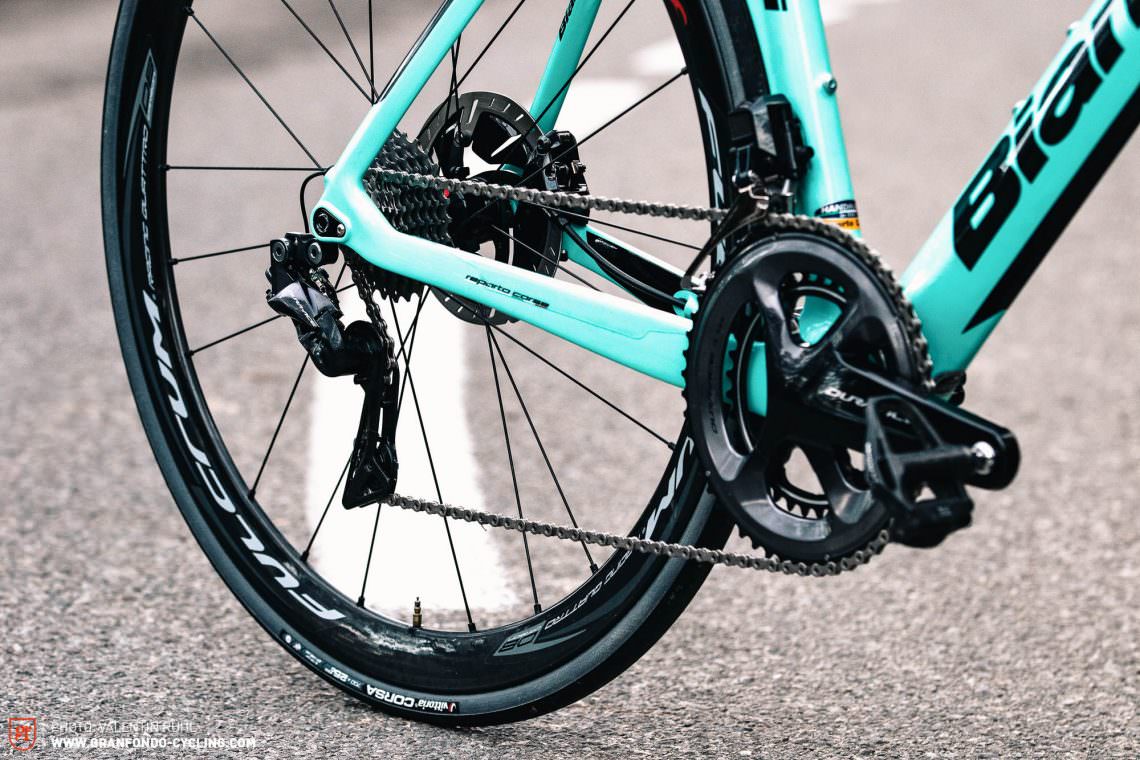
10.
160 mm brake discs front and rear are the de facto standard. For more balanced braking performance however, we recommend using a 160 mm rotor at the front combined with a 140 mm disc at the back – our best in test sets the example.

11.
Wheels are one of the most important components. If a wheelset doesn’t harmonise with the overall concept of the bike, it will significantly affect the overall performance. Whilst very deep rims are far more susceptible to cross-winds, flat rims may be too soft and lead to indirect handling. For generic allround use, we recommend a rim-depth of around 45-55 mm.
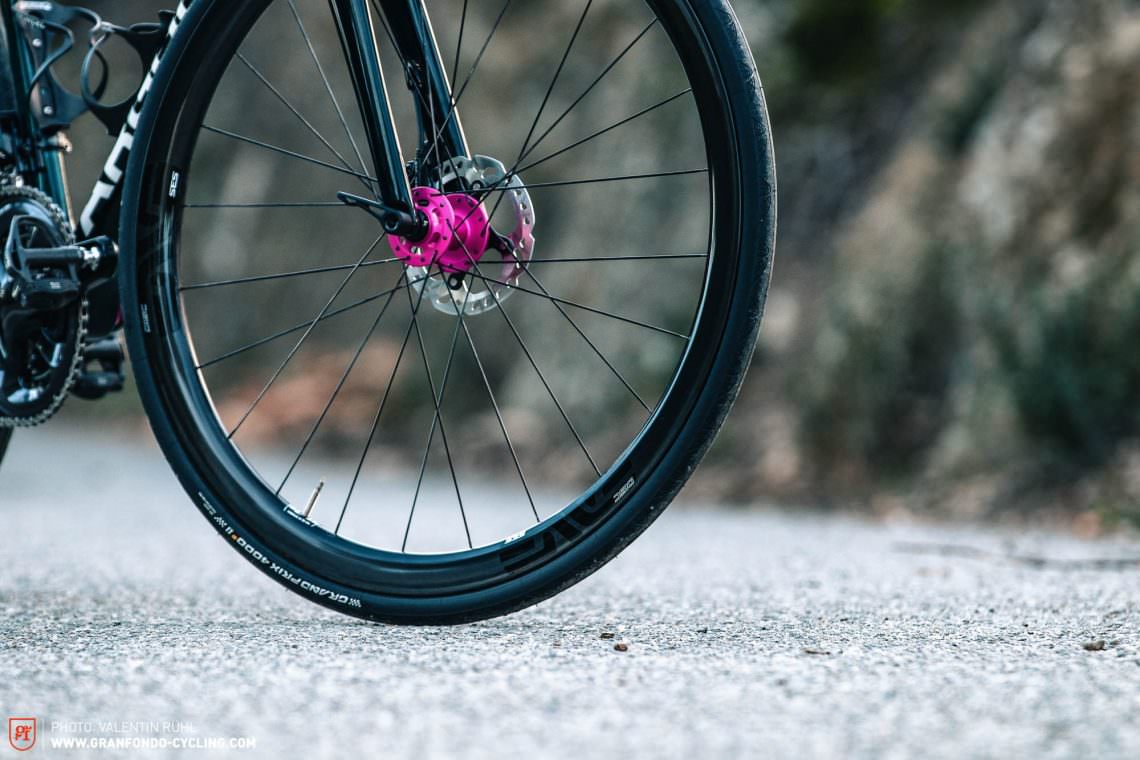
This article is from GRAN FONDO issue #011
GRAN FONDO Cycling Magazine is published in a digital app format in both English and German. Download the app for iOS or Android to read all articles on your tablet or smartphone. 100% free!

Did you enjoy this article? If so, we would be stoked if you decide to support us with a monthly contribution. By becoming a supporter of GRAN FONDO, you will help secure a sustainable future for high-quality cycling journalism. Click here to learn more.
Words: Photos: Valentin Rühl








